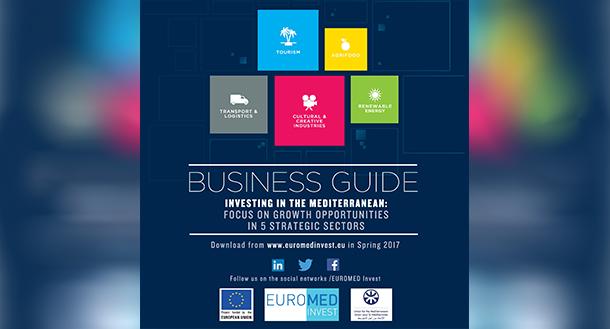The North Africa Post
Morocco, which has an arable land of 8 million hectares and great agro-climatic wealth, generates a diversified agricultural production, says the Euro Med Invest Business Guide.
The share of agriculture in the GDP varies from 10 to 15 pc from one year to another – to which adds about 4 pc for agro-industry, says the document. It also says that 15 pc of cropland is irrigated in private vegetable farms dedicated to export, while rain-fed crops encompass cereals, olive, legumes and breeding.
In 2016, Moroccan agribusiness exports to Europe reached €3.1 billion (seafood products, fruits and vegetables essentially), while imports from the Union amounted to €2 billion.
With the ambitious Green Morocco Plan, the government has since 2008 been supporting the structuring of large high added value poles as well as small-scale agriculture, to develop local productions in the best possible way, explains the Guide.
The plan encourages the sectors of olive, citrus fruits, grapes, milk and exotic fruits.
To ensure its food security, Morocco bets on irrigation (550,000 hectares equipped with drip irrigation from 2008 to 2020) and diversification of crops: several public and private projects are for instance about introducing quinoa, which withstands drought well.
According to the Euro Invest Business Guide, the Moroccan government has also been supporting agro-industry since 2009, the latter being promoted to the level of “global business of Morocco” by the National Pact for Industrial Emergence, alongside fishing, with the Halieutis plan.
Under the Green Morocco Plan, foreign businesses can target agricultural projects (through land leases or equity participation), processing projects or else selling agro-industrial equipment and agri-food products. Leading sectors include dairy products, oilseeds, cereals, dried fruits and nuts, confectionery, seafood products and canned goods, aromatic and medicinal plants, organic production and home produce.
Thus, 43 products qualified in 2017 for the protected geographical indication label: dates, olive and argan oils, honey, almonds, saffron, figs… The most interesting segments for exporters include processed fruits, juice, sauces and condiments, ready-made dishes as well as confectionery and snacks, says the Guide destined for businesses wishing to know southern Mediterranean countries better.
This publication has been produced within the framework of the EU-ROMED Invest Business Intelligence with the financial assistance of the European Union.
Posted by
North Africa Post’s news desk is composed of journalists and editors, who are constantly working to provide new and accurate stories to NAP readers.







